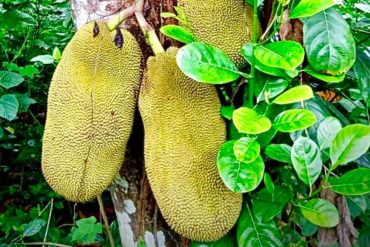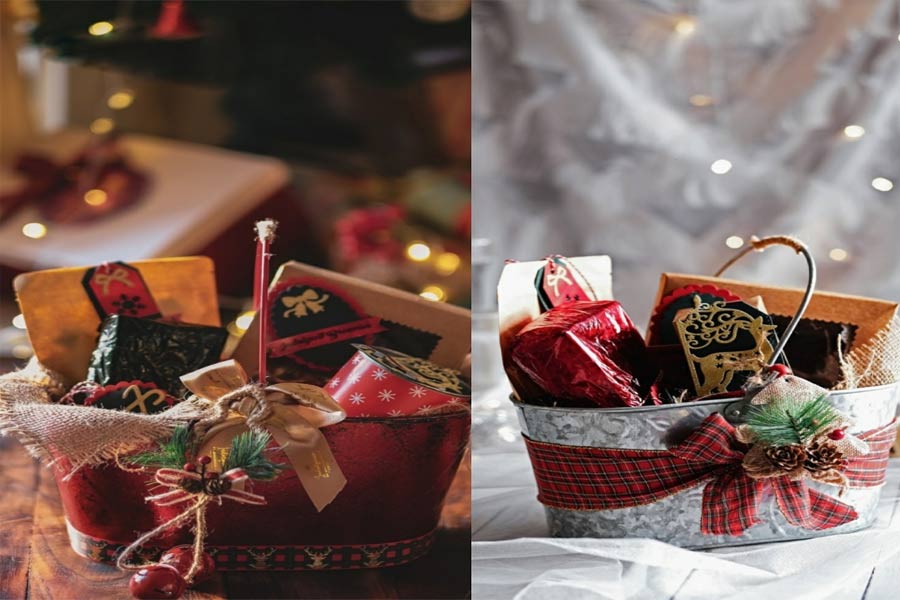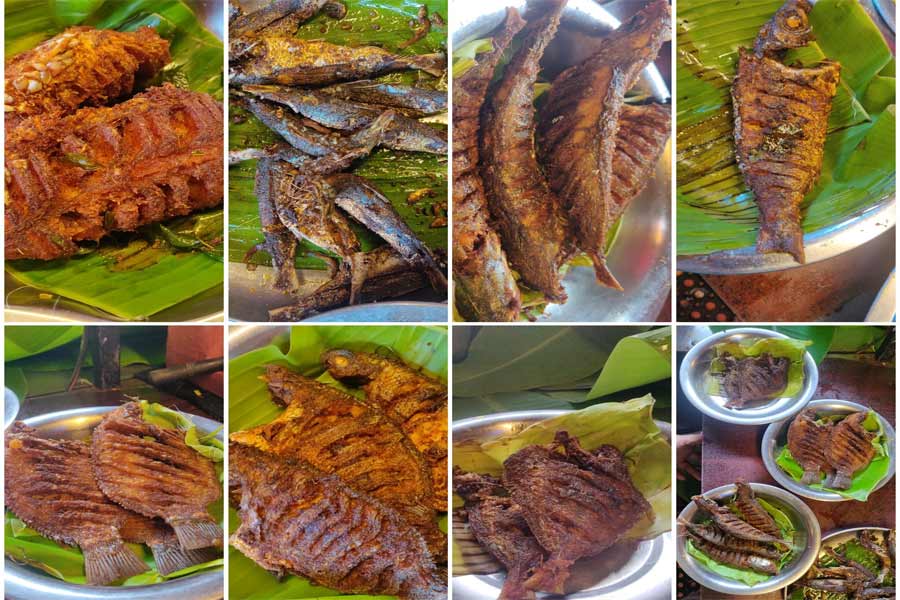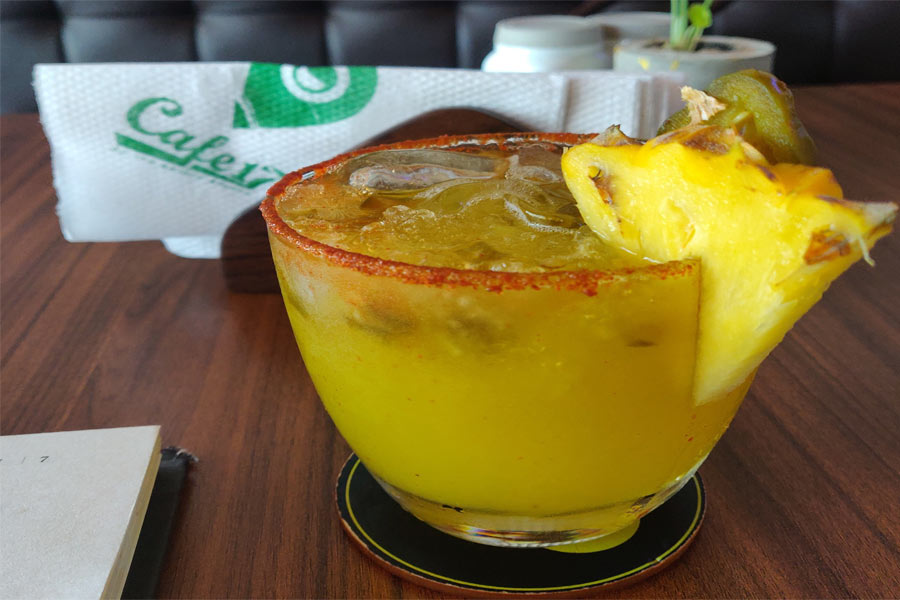I did what I always do when I want to find a new recipe, I head to Pinterest. Type in “Sambar” on Pinterest search and it will not disappoint. Of the many choices, I decided on one that seemed simple and authentic. A blog at cookingandme.com written by a girl from Kerala.
As I looked through the recipe I realized I had nearly everything in the house. I only needed a few items so I set off to my local Indian store called Jai Ho. The recipe says you can make your own Sambar powder or you can buy it. I decided to purchase the sambar powder. Jai Ho didn’t have any drumsticks on hand so I had to leave those out of the dish. I know most will say drumsticks are 100% needed and you should never leave drumsticks out, but what could I do? It’s not a typical ingredient carried in supermarkets in San Francisco, therefore it had to be omitted.
I forgot to pick up shallots, but had purple onion so I used that in place of shallots. I also had 1/3 of an eggplant in my fridge from a previous dish I made, so I decided to chop that up and throw that in. I swear I have had Sambar with eggplant in it (Have I or am I just imagining this?). I also used tamarind paste in place of soaking tamarind in water. The ingredient that I was least looking forward to using was Hing. Ugh, I have this thing with it. I just can’t stand the smell of Hing. I had never heard of this ingredient until I started cooking Indian dishes years ago.
Once we bought it and opened it I knew I had to quarantine the Hing. In our house the bottle of Hing has to be placed inside of another empty bottle and sealed. Am I the only person on Earth with this issue? I have no idea why the smell affects me so much. Once it is in the dish and cooked it is great and really makes the dish taste perfect, but the moment of taking it out of the bottle and putting it in the dish is a rough moment for me.
Tempering is yet another process I was unaware of until I started cooking Indian dishes. When my husband first showed me how to temper, I was scared to do it on my own. Tiny mustard seeds flying out of the oil and attacking you if you don’t cover them quickly enough, I mean, come on, that is scary. I am wondering though, if it is the tempering process that is the precise technique that makes certain dishes have deep full flavor.
My kitchen smelled like Kochi for a few moments and my Sambar actually looked like Sambar. The taste though, not as spectacular as I was hoping, but also, not bad. I personally thought it tasted like it had too much tamarind. I wasn’t sure how much to put in since I used the tamarind paste. My four year old thought it tasted too spicy although she toughed it out and had a bowl two days in a row.
The ultimate opinion was going to be from my Malayalee husband. His opinion was that it was pretty good for my first time. He thought it needed more salt and that the tamarind was fine. He also ate it two days in a row.
I will be making Sambar again with a few changes. Now if someone could tell me how to make the impossible Kerala Protta at home, that would be cool.







